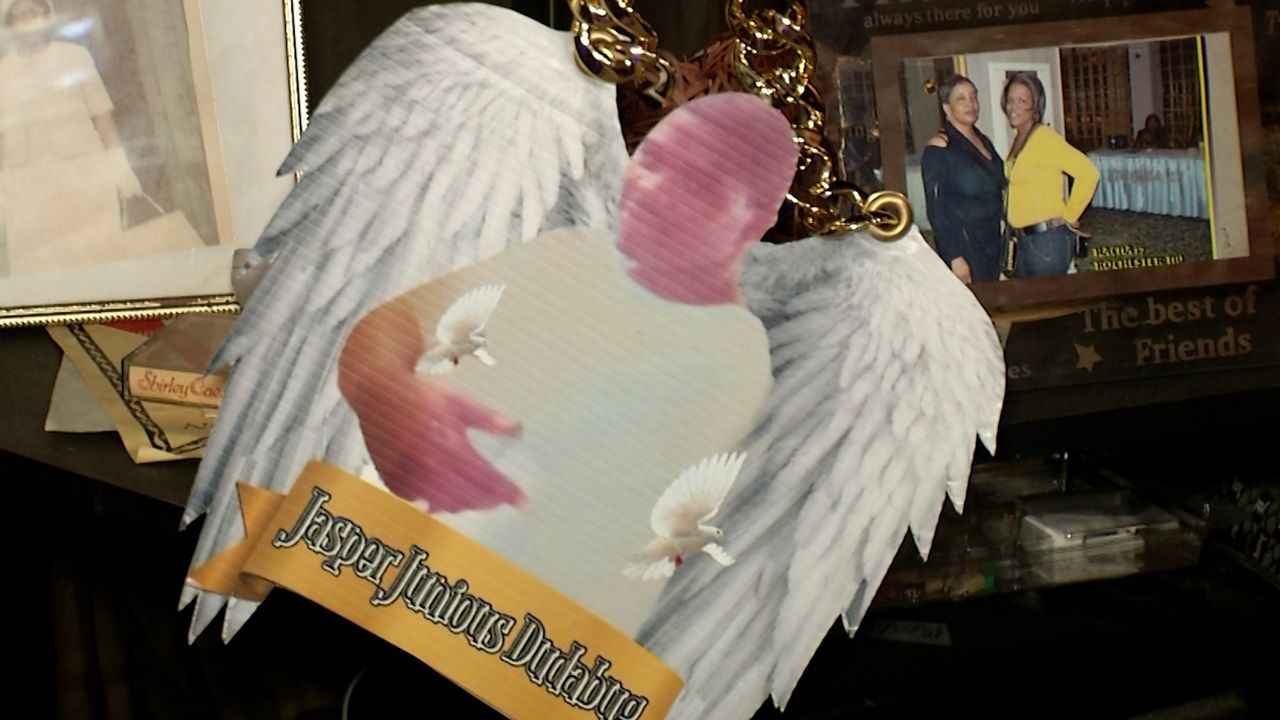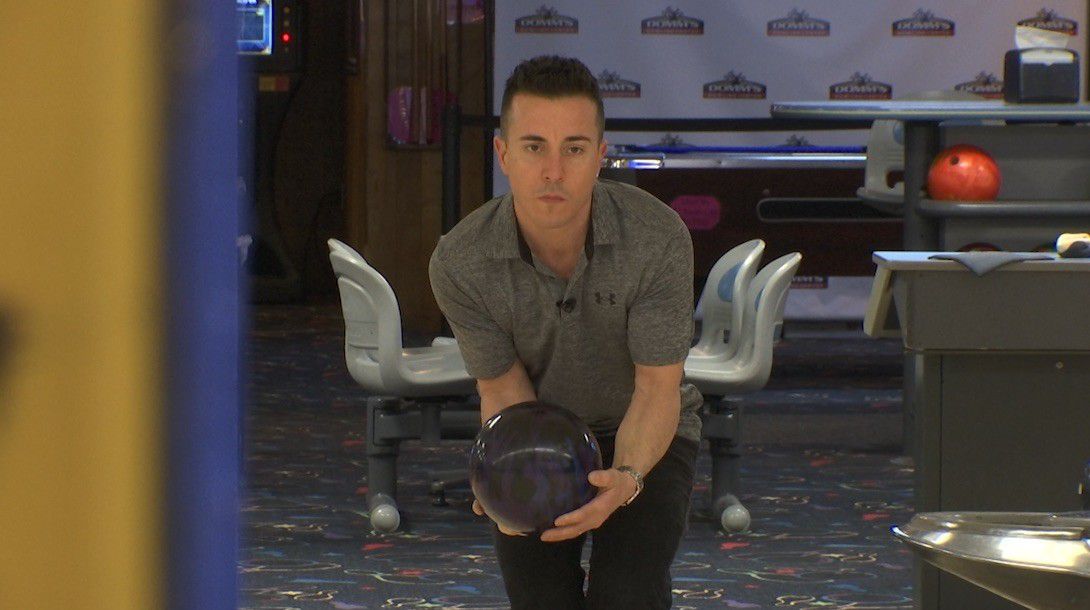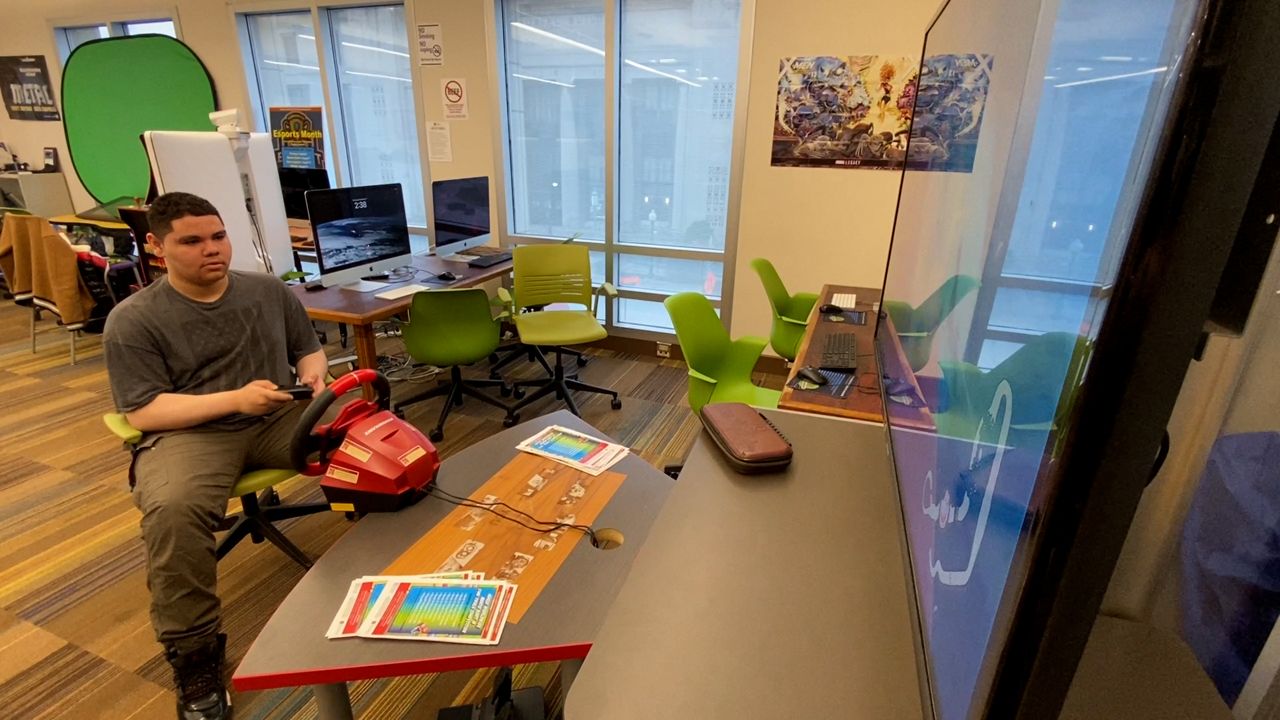ROCHESTER, N.Y. — Welcome to the world of diamonds, where the age-old debate of lab-grown versus natural diamonds continues to spark conversation. Do you know if the diamond on your finger came from the Earth or a lab? Diamonds are a representation of love, status, and achievement and many jewelers know what customers crave, but the best shops have options.
"These are all natural diamonds. But we also give them the option of lab-grown diamonds because they can get a lot more choices in terms of size and quality," said Paul Cassarino, president of The Gem Lab.
Lab-grown diamonds are chemically and structurally identical to natural diamonds, but they are typically more affordable and have a smaller environmental footprint.
"They are the same material, the same beauty, the same durability, the same quality factors as natural diamonds. Here is an example of a nice collection of lab-grown diamonds. They come in all the different shapes. Unusual shapes can be done with lab-grown diamonds that you would never think of doing with natural diamonds, because the material is so much less expensive," Cassarino added.
On the other hand, natural diamonds are mined from deep within the Earth, taking billions of years, and have been the topic of conversation among activists.
"We've created a new method for growing lab-grown diamonds called chemical vapor deposition, this uses a machine, which is a low-pressure environment and now we can create much more transparent, closer to flawless diamonds," Cassarino expressed.
While lab-grown diamonds may offer affordability and sustainability, many consumers still prefer the allure and rarity of natural diamonds for that special moment, using computers to aid in the design process.
"We could print a resin of the ring sample for you. That way, if you want to make sure that this piece is going to be perfect, we can put it on your hand before we create the final piece," said Amy Derks, a graduate gemologist with The Gem Lab.
So, can you tell if your diamond is from the deepest parts of the Earth or made in the hands of a local jeweler? Cassarino says, not really.
"Even I, as a gemologist with over 40 years experience in gemology, cannot tell a lab-grown diamond just by using my lens or a microscope because there's nothing to see. So what lab-grown growers do now is, they put the words "laboratory grown" right on the edge of the diamond. So we like to offer customers both so they understand if they want to buy a natural diamond, they're buying the rarity of that diamond. Or if they want to buy a lab-grown diamond, they're getting a more affordable product, which is every bit as beautiful," said Cassarino.
Cassarino also mentioned that consumers are requesting lab-grown diamonds, not just for the price difference, but for the environmental benefits.









